DNVN - The goal for 2025 is to achieve GDP growth of 7 - 7.5%, aiming for 8% to create a solid foundation for the 2026 plan and pave the way for double-digit growth in the 2021 - 2030 period. To achieve this breakthrough, the key factor is still internal motivation.
The year 2025 has a special significance with many important milestones: 95 years of the Party's founding, 50 years of the liberation of the South and national reunification, 135 years of President Ho Chi Minh's birthday, 80 years of the founding of the country. This is also the year of Party Congresses at all levels, towards the 14th National Party Congress, opening a new era of strong national development, creating momentum for Vietnam to accelerate, break through, overcome challenges and reach new heights.
Ambitious goals
In 2025, Vietnam aims for economic growth of 7 - 7.5% GDP, aiming for about 8% to create momentum for implementing the 2026 plan and moving towards double-digit growth in the 2021 - 2030 period. The target of GDP per capita reaching 4,900 USD is to enhance the competitiveness of the economy in the international arena, while striving to bring Vietnam into the group of 31 - 33 countries with the largest GDP in the world.
The proportion of processing and manufacturing industry in GDP is expected to reach about 24.1%, social labor productivity increases by an average of 5.3 - 5.5% per year, while the digital economy is expected to contribute about 20% of GDP thanks to the promotion of digital transformation. Although GDP growth in 2024 is expected to reach over 7%, the recovery foundation and long-term growth momentum are still not really solid, requiring strategic solutions to maintain sustainable development momentum.
To achieve the 2025 goals, the Government has set out a series of key tasks to stabilize the macro economy and control inflation.
To realize the 2025 goals, the Government focuses on stabilizing the macro economy and controlling inflation, keeping it below 4% (expected to be about 3.87% in 2025 and 3.83% in 2026), while ensuring stable economic operation. Two GDP growth scenarios for 2025 are proposed: a positive scenario with a growth rate of 6.8% thanks to strong export growth (about 11.7%, higher than the 9.8% in 2024); a negative scenario with growth reaching only 5.6% due to declining exports and foreign direct investment (FDI), affected by US trade restrictions on global goods, including Vietnam.
The estimated state budget revenue in 2025 is estimated at VND 1,966,800 billion, an increase of 15.6% compared to 2024, while budget expenditure is about VND 2,527,800 billion, an increase of VND 408,400 billion to meet investment needs for key national infrastructure projects, ensure public sector salary payments and implement social security policies. The budget deficit is expected to be VND 471,500 billion (equivalent to 3.8% of GDP), within the safe limit of public debt, government debt and foreign debt. The Government also aims to complete at least 3,000 km of highways, basically complete Long Thanh airport and other major projects, and eliminate temporary and dilapidated houses nationwide.
Intrinsic motivation and 4 synchronous solutions
To achieve the set goals, the key task in the 2025 plan is to synchronously deploy strategic solutions.
Firstly, the core factor is to perfect and promote institutional reform. Despite important steps forward, the legal system still has problems and shortcomings, failing to keep up with reality and development requirements. The issuance of documents guiding the implementation of laws is still slow, the overlapping of regulations has not been thoroughly resolved, along with the decentralization, delegation of power and reduction of administrative procedures have not been truly effective.
Therefore, the top priority is to continue to perfect the institution, considering it as "the breakthrough of the breakthrough". When the institution is removed, it will become a strong driving force for development. It is necessary to innovate management thinking in the direction of both strictness and creativity, while maximizing resource mobilization and creating new development space. Reviewing and perfecting the legal system, especially regulations on public investment, planning, bidding and public asset management, will contribute to creating favorable conditions for businesses, while improving the effectiveness of state management.
To maintain growth momentum, Vietnam needs to accelerate institutional reforms in many aspects, not only in the economy but also in culture, science, technology and innovation. Strengthen decentralization and delegation of power to create conditions for localities to proactively develop, while cutting unnecessary administrative barriers.
The growth momentum in 2025 will come from the Government's determination to perfect institutions and make decisions to remove legal obstacles to unleash economic resources. Reforms need to have a clear roadmap, aiming at long-term goals from 2030 - 2040, ensuring stability and limiting multiple amendments. Along with that, there needs to be more appropriate support policies to promote business development and improve people's lives, creating a solid foundation for Vietnam to become a developed country by 2045.
The first and most important solution to promote economic growth is to continue to improve institutions.
Second, focus on innovating traditional growth drivers such as investment, export, and consumption, while strongly promoting new growth drivers. In the context of global economic fluctuations, adding more growth drivers is a key factor. In 2025, it is necessary to promote domestic consumption, take advantage of the recovery trend of markets to expand exports. Effectively exploiting bilateral and multilateral trade agreements will help Vietnam expand its output markets, while reducing dependence on exports by activating domestic growth drivers. Another important strategy is to improve labor productivity in a faster, more sustainable and more efficient direction.
The general trend of the world is shifting investment capital away from China, creating opportunities for third economies, of which Vietnam is an attractive destination. To take advantage of this trend, Vietnam needs to promote investment resources, identifying public investment as the driving force for private investment. The strategy of attracting FDI needs to shift from attracting at all costs to being selective, prioritizing high-tech, large-scale projects and strategic investors. This not only improves national production capacity but also creates a link between the FDI sector and the domestic economy, especially in areas such as renewable energy, semiconductor chips, and industries serving the goal of green and sustainable economic development.
In addition, promoting new growth drivers such as digital technology, AI, cloud computing, renewable energy (solar, wind, water) needs to be focused on. Investing in green technology, circular economy, sharing economy and knowledge economy is an inevitable trend. Green transformation requires large capital for modern technology and machinery, and at the same time, it is necessary to accept a long-term investment period, which may reduce short-term profits to achieve sustainable efficiency. Changing consumer habits towards prioritizing environmentally friendly products will also contribute to promoting sustainable economic growth.
Third, promote public investment and improve the business investment environment. Public investment continues to play an important role in economic growth, with each disbursed public investment unit generating 1.61 units of private investment. Therefore, it is necessary to prioritize important national projects and strategic infrastructure projects to boost GDP, create jobs and regional connectivity, thereby enhancing national competitiveness.
Removing difficulties for land-related projects, developing the real estate market and promoting new growth drivers such as innovation, digital economy and green economy are key tasks. Reforming administrative procedures, eliminating unnecessary business conditions, and creating favorable conditions for businesses to access capital, especially credit, will help improve competitiveness. The credit growth target of over 15% will strongly support production and business activities.
In addition, it is necessary to promote the restructuring of the credit system in conjunction with bad debt handling, implement preferential policies for small and medium enterprises, and support enterprises to re-enter the market. In particular, encourage cooperation models between large enterprises and small enterprises to create domestic value chains and develop supporting industries.
Disbursement of public investment capital must reach at least 95%, while focusing on implementing three national target programs approved by the National Assembly. Accelerating the progress of key projects, the expressway system, and preparing for investment in important railway projects. Developing key economic zones combined with regional linkages to increase economic autonomy and reduce dependence on the international market.
Fourth, develop high-quality human resources. To meet the requirements of long-term growth, Vietnam needs to promote reform of higher education and vocational training, linked to scientific research and technology application. The goal is that by 2025, Vietnam will be among the top 3 ASEAN countries in the global innovation index.
In the high-tech sector, Vietnam is implementing a project to train 50,000 semiconductor engineers and develop human resources to serve the new technology industry. The goal is to increase the proportion of trained workers to 70%, of which workers with degrees and certificates will account for about 29 - 29.5%. The government has also approved a program to develop human resources for the semiconductor and AI sectors, creating a foundation for a breakthrough in the high-tech sector.
In addition, developing human resources in the digital and green economic sectors is a key factor in improving labor productivity and competitiveness. Synchronous training of the workforce in emerging economic sectors will help Vietnam not only maintain its growth rate but also affirm its position in the region.
In the context of many fluctuations in the global economy, Vietnam needs to proactively adapt to maintain growth momentum. Despite geopolitical instability and increasing trade protectionism, Vietnam's economic outlook is still assessed positively thanks to the recovery of trade and effective control of inflation.
To cope with these challenges, Vietnam needs to support businesses to take full advantage of free trade agreements, while cutting production costs and combating waste to improve competitiveness in the international market.
Associate Professor, Dr. PHAM THANH BINH - Institute of World Economics and Politics
Source: https://doanhnghiepvn.vn/kinh-te/chinh-sach/kinh-te-nam-2025-va-muc-tieu-tang-truong-dot-pha/20250112103048531


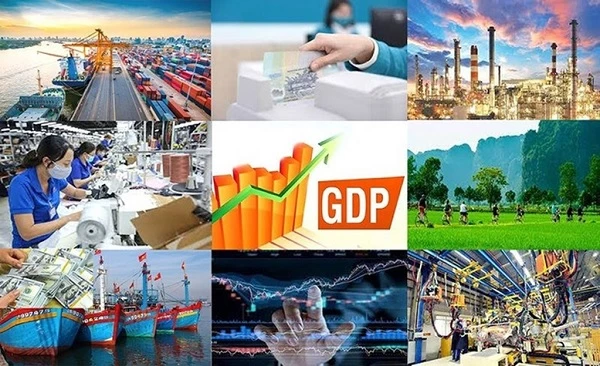
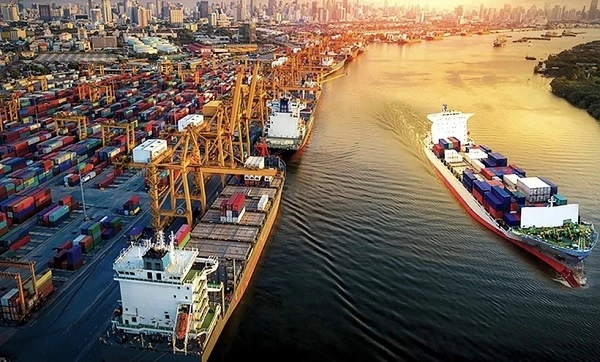

































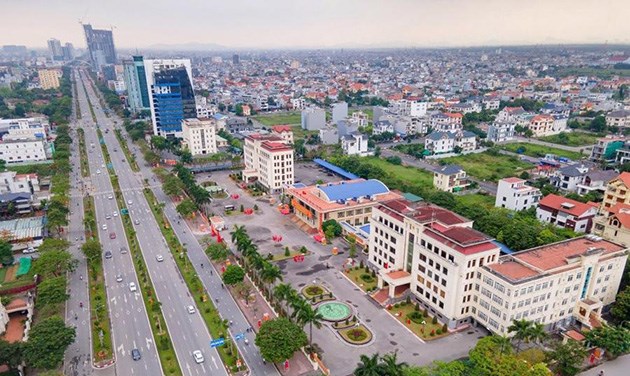

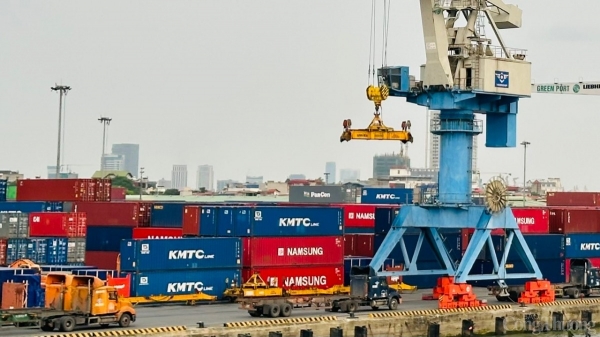

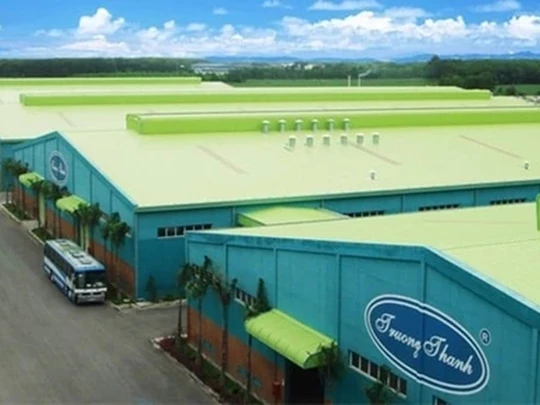



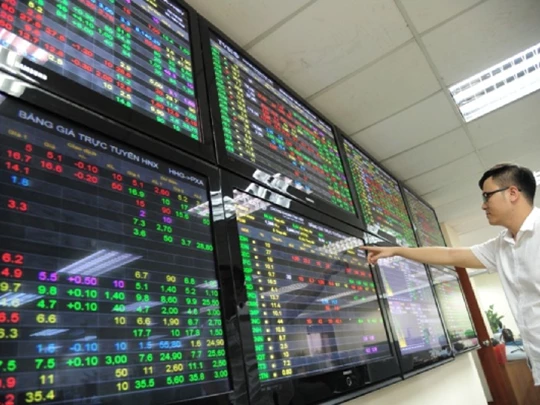
















Comment (0)